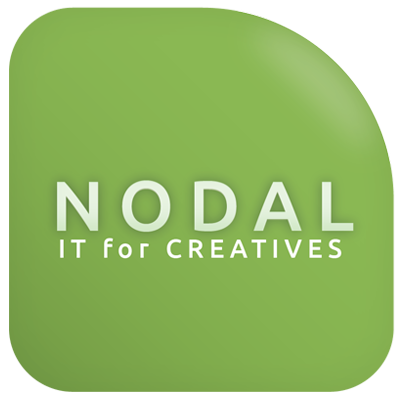Wi-Fi 7 was launched earlier this year and was received with equal parts enthusiasm and confusion. This isn’t surprising: In the twenty plus years since the first Wi-Fi devices hit the market, most users have been unaware of the underpinnings of Wi-Fi as a technology, or what exactly each successive upgrade has meant, other than faster speed and better connectivity. Here’s a brief rundown on what you need to know.
What is Wi-Fi 7?
Wi-Fi 7 is the seventh iteration of Wi-Fi technology. It was codified by the Wi-Fi Alliance, a non-profit organization consisting of several tech companies responsible for Wi-Fi as a brand, as well as its technical specifications.
As a new standard, Wi-Fi 7 offers several notable improvements over previous versions of the technology, including higher speeds (maximum transfer rates are up to four times faster than previous generations), better addressing of network congestion issues, and usage of multiple frequencies at once. All of this amounts to a jump in connection speed and quality.
Do I need to ditch all of my devices?
No. As with most previous generations of Wi-Fi devices, Wi-Fi 7 access points are backwards compatible, meaning that older devices that don’t support the standard can still connect to them, albeit at more limited speeds. To take full advantage of the new technology however, you need both a Wi-Fi 7 certified access point (e.g. a router) and a client device (e.g. a computer or tablet) that is Wi-Fi 7 certified.
Should I upgrade to Wi-Fi 7 certified devices?
Unless you have a business-critical need for the highest wireless connection speed possible, it’s best to hold off for now. There is a limited number of Wi-Fi 7 devices available at present, and most of them are expensive, if not prohibitively so. Prices are expected to come down within the next few months, as more competitively priced devices enter the market.
In short: hold off for now.
Wondering when to make the switch to Wi-Fi 7? Nodal can help! Contact us today!
